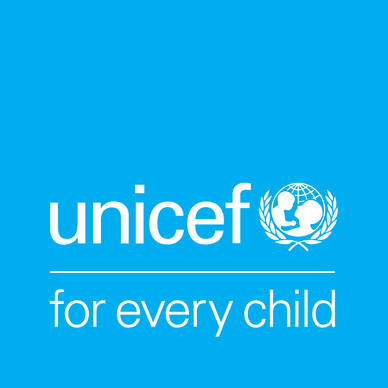24 January 2020 – UNICEF today announced the launch of a new generation of innovative multi-purpose tents which will provide a wide range of humanitarian support for children affected by conflict and disasters around the world.
The new and improved High Performance Tents include multiple add-on features aimed at meeting the needs of children in emergencies worldwide and are the result of a two-year co-creation process with industry partners.
Humanitarian multipurpose tents offer safe spaces for children fleeing from conflict or natural disaster. They can be used as schools, health clinics, nutrition facilities, distribution points and child-friendly spaces.
Between 2013 and 2018, UNICEF procured on average 4,650 multipurpose tents per year at an annual average total cost of US$6.6 million. These tents provided support services to millions of emergency-affected children each year.
“The current humanitarian tents have served us well for many years, but global climate change and new emergency contexts have called for improvements,” said Etleva Kadilli, UNICEF’s Director of Supply Division in Copenhagen. “There have been challenges when the tents face extreme weather – such as collapsing from strong winds and rain, or a poor internal environment where it becomes too hot or too cold.”
“Given these issues we looked to the market for a solution, but were not able to find one, so we communicated our needs to industry partners with the purpose of starting a research and development process to bring a new fit-for-purpose product to the market,” said Kadilli.
UNICEF conveyed the needs to industry partners through consultations and the launch of a Target Product Profile, which describes the desired performance UNICEF believes the tent should live up to. It indicated over 1,000 requirements including resistance to extreme weather, improved internal climate, access to power, a more spacious area, and improved installation and transportation practices.
Manufacturers engaged with UNICEF through a competitive and interactive approach to develop prototypes, which were tested in labs, including the Jules Verne Wind Tunnel in France where hurricane-level winds and below-freezing temperatures were triggered to test durability, thermal performance and ventilation rates.
UNICEF took the prototypes along with the manufacturers to the field where they could understand how they might hold up in emergency contexts in different climates: Uganda for hot and dry conditions, the Philippines for wet and humid conditions, and Afghanistan for cold conditions.
The final product – UNICEF’s High Performance Tent – includes a series of improvements such as:
- A new anchoring system to keep the tent well-secured in different soil types and in extreme weather conditions;
- Straight wall design to provide 20 per cent more usable floor space and thus overall volume;
- A three-layered window system (mosquito net, transparent sheet and full cover) to offer ideal lighting, ventilation and protection; and
- A built-in shade net to ensure appropriate temperatures inside the tent.
In addition, the tents offer versatility to fit a range of programmatic needs in different climatic conditions through the following add-on features:
- A solar kit and electrical kit (through a grid/generators) to provide illumination and safety at night;
- A winter liner for cold climates;
- Hard flooring to provide safer and cleaner environments from dirt/mud; and
- An inner liner to provide a soft, intimate feel for child-friendly spaces.
“This project has made a great impact on the innovation process at UNICEF. Product innovation is only successful when we bridge the innovation capacity of industry with field knowledge. UNICEF’s global status both in procurement and programming allows us to drive industry to develop the best of the best products for children at an affordable price,” said Fayaz King, UNICEF Deputy Executive Director, Field Results and Innovation.
UNICEF is now working to scale up the High Performance Tents to improve humanitarian responses worldwide, so that all children receiving emergency support within the structures will benefit from improved humanitarian services.
#####
Notes for editors:
To learn more about product innovation at UNICEF, visit: https://www.unicef.org/innovation/productinnovation
For more information, please contact:
Unicef UK Media Team, 0207 375 6030, [email protected]
About Unicef
Unicef is the world’s leading organisation for children, promoting the rights and wellbeing of every child, in everything we do. Together with our partners, we work in 190 countries and territories to translate that commitment into practical action, focusing special effort on reaching the most vulnerable and excluded children, to the benefit of all children, everywhere.
Unicef UK raises funds to protect children in danger, transform their lives and build a safer world for tomorrow’s children. As a registered charity we raise funds through donations from individuals, organisations and companies and we lobby and campaign to keep children safe. Unicef UK also runs programmes in schools, hospitals and with local authorities in the UK.
For more information please visit unicef.org.uk


